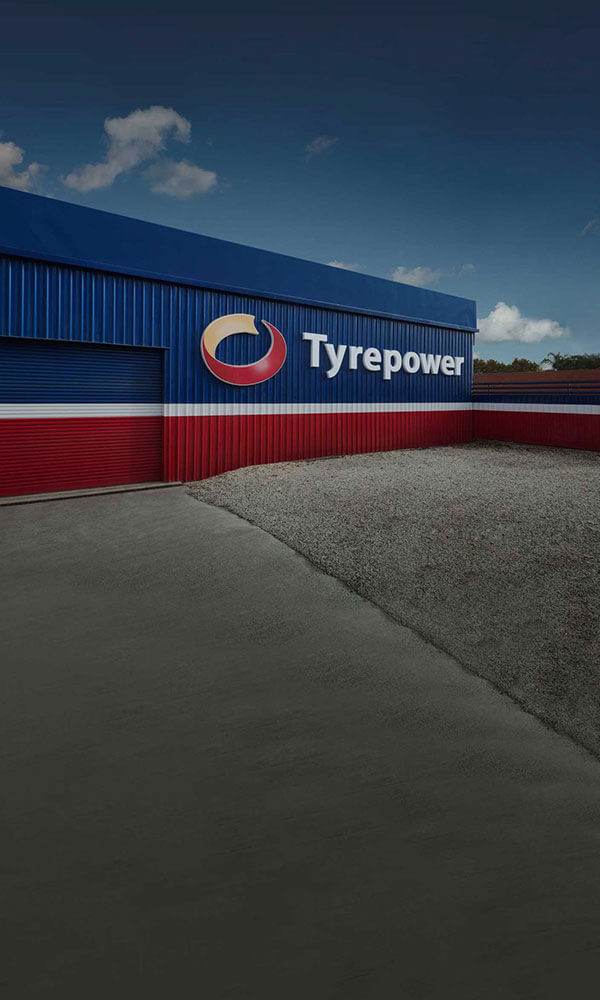Do we offer nitrogen Filled Tyres?
Customers often enquire if we offer nitrogen to fill tyres but we just don’t believe the benefits are there for the everyday consumer.
Nitrogen is frequently used in industrial, aerospace and motorsports applications, this is because of the extreme conditions and forces these tyres often see. Airliner tyres, for example, can be pressured to over 200psi and are often subjected to temperatures between -50c and over 150c, which is far more than a standard car tyre will ever experience.
Let’s take a look at some of the marketing claims provided by filling tyres with nitrogen over regular compressed air:

Nitrogen filled tyres mean less frequent pressure checks.
We’re starting with this because this is the one marketing spiel that has some kind of truth to it. The marketing here states that smaller oxygen molecules will pass through the tyre at a higher rate than larger nitrogen molecules can, resulting in your tyres deflating slower when filled with nitrogen. Fortunately someone else has done the research here.
Consumer reports, (an independent non-profit organisation for ‘truth, transparency, and fairness in the marketplace’) performed a scientific test on 31 different pairs of tyres to see exactly what the difference in pressure loss is. One tyre from each pair was filled with air, and the other was filled with nitrogen. All tyres were filled to 30 psi with their respective gasses and left outside for 12 months.
After 12 months, all tyres were assessed. On average:
- Air filled tyres lost 3.5 psi over a 12 month period.
- Nitrogen filled tyres lost 2.2 psi over the same period.
From consumer reports findings, the air filled tyres lost 11.67% air pressure while nitrogen lost 7.33% air pressure.
This marketing claim then, has some truth behind it. If you fill your tyres with nitrogen, the difference between pressure loss with air versus nitrogen is 0.1 psi a month.
Increased fuel economy.
There is no way that changing the gas inside a tyre can affect the contact patch or the rolling resistance of a tyre assuming both tyres are at the correct pressure.
Maintaining correct tyre pressures is the best way to maximise fuel economy and tyre lifespan.
Reduced premature tyre wear.
Once again, assuming both tires are inflated at the same pressure, both tyres will wear exactly the same, if all other variables are controlled.
Better grip.
This is entirely controlled by factors such as; correct tyre inflation pressure, wheel alignment, road conditions and vehicle load and speed. Whether the tyre has been filled with air or nitrogen has no factor on the performance levels of the tyre.
Less pressure changes over temperature.
A common advertisement for nitrogen filled tyres is that the pressure will fluctuate less as the tyre sees temperature changes. And this is true, but it has nothing to do with air vs nitrogen.
The best part of filling your tyres with nitrogen is that nitrogen gas has an extremely low moisture content.
It’s this moisture and water vapour that expands at a higher rate than the gas that is inside the tyre. Particularly if you manage to get the internal temperature of the tyre to exceed 100 degrees c, pressures can be 20-30% higher than a ‘dry’ tyre.
This moisture comes from a few sources:
- The air in the workshop while the tyre was being fitted
- The water-based lubricant used to ease tyre installation
- From the tyre itself, leftover from the manufacturing process
Moisture can be purged from a tyre by draining and refilling several times with nitrogen or thoroughly dried air using an industrial grade compressor and air-drying unit.
This is where we feel the need to ask the question - what’s the point of nitrogen filled tyres if you’re just commuting to and from work in the city? You’re never going to get your tyre temperatures hot enough to notice.
How often should I check my tyre pressures?
Tyre pressures ought to be checked every fortnight, or at least monthly.
The main reason you should check your tyre pressures is to catch the signs of tyre damage early. Curb damaged sidewalls, punctures or faulty tyre inflation valves can cause slow leaks that may not be immediately obvious.
Modern high performance tyres or run flats that have reinforced sidewalls can be nearly completely flat before showing any tell-tale signs such as sidewall bulges.

What’s the final word on nitrogen in tyres?
Just about every benefit that is marketed by those pushing nitrogen filled tyres can be achieved by maintaining correct air pressures. The issue of air molecules migrating through a tyre is shown to be an almost negligible amount.
Remember, correct tyre pressures are the best way to maintain tyre performance, even tyre wear and tyre longevity. We are more than happy to educate our customers on the importance of monitoring tyre pressures and how to do it reliably.
The final word is that we’ll never charge you for nitrogen filled tyres when air is just as good, and free too.
If you ever do find a tyre that is losing pressure quicker than expected, Kogarah Tyrepower offers a service whereby we can assess tyres for leaks and punctures and provide repairs.
Contact Barry and the team today at (02) 9587 3366 or visit us at 7 Lindsay Street, Rockdale!


